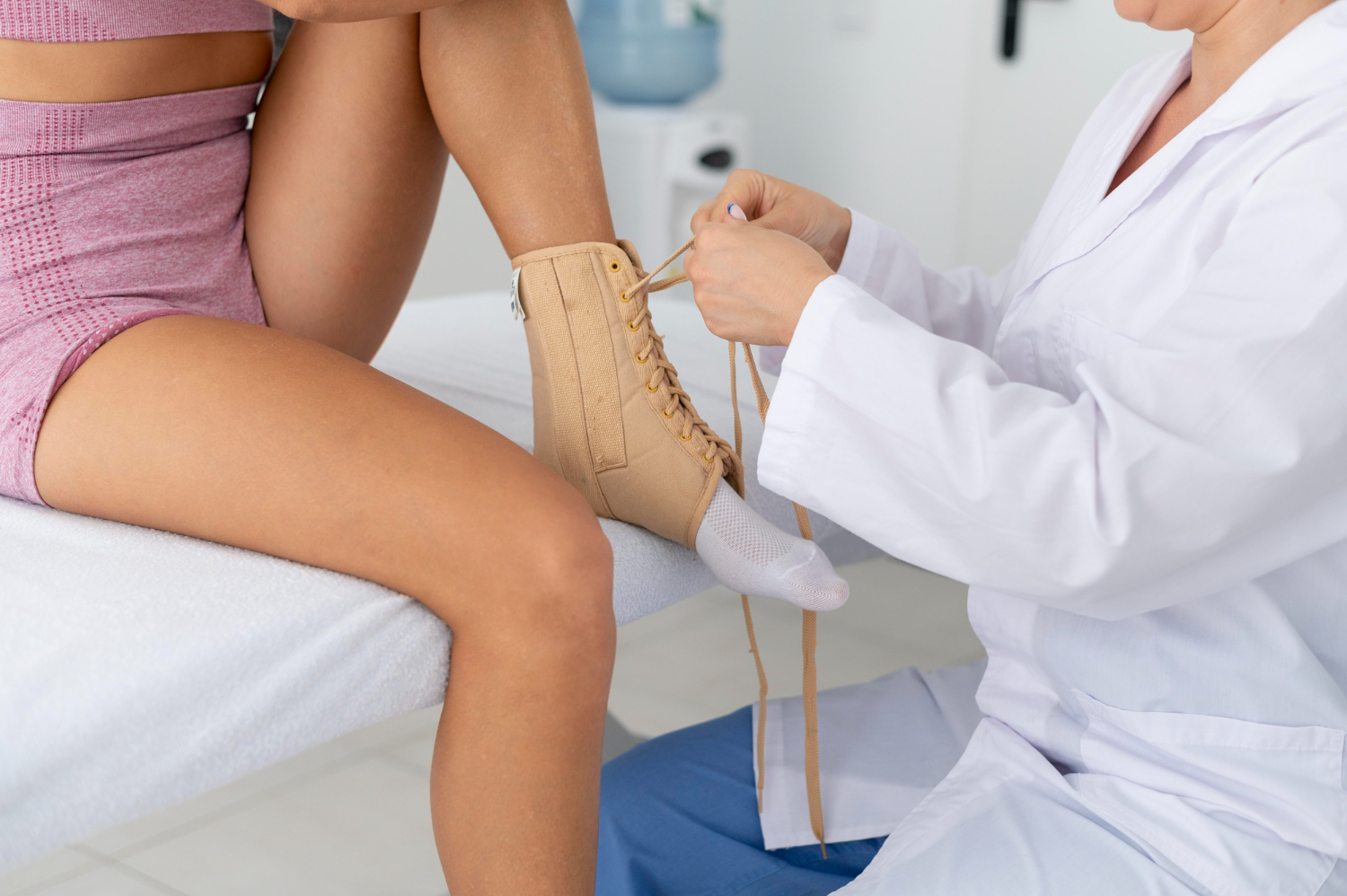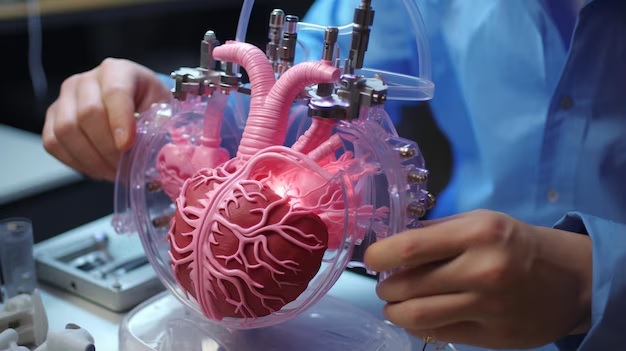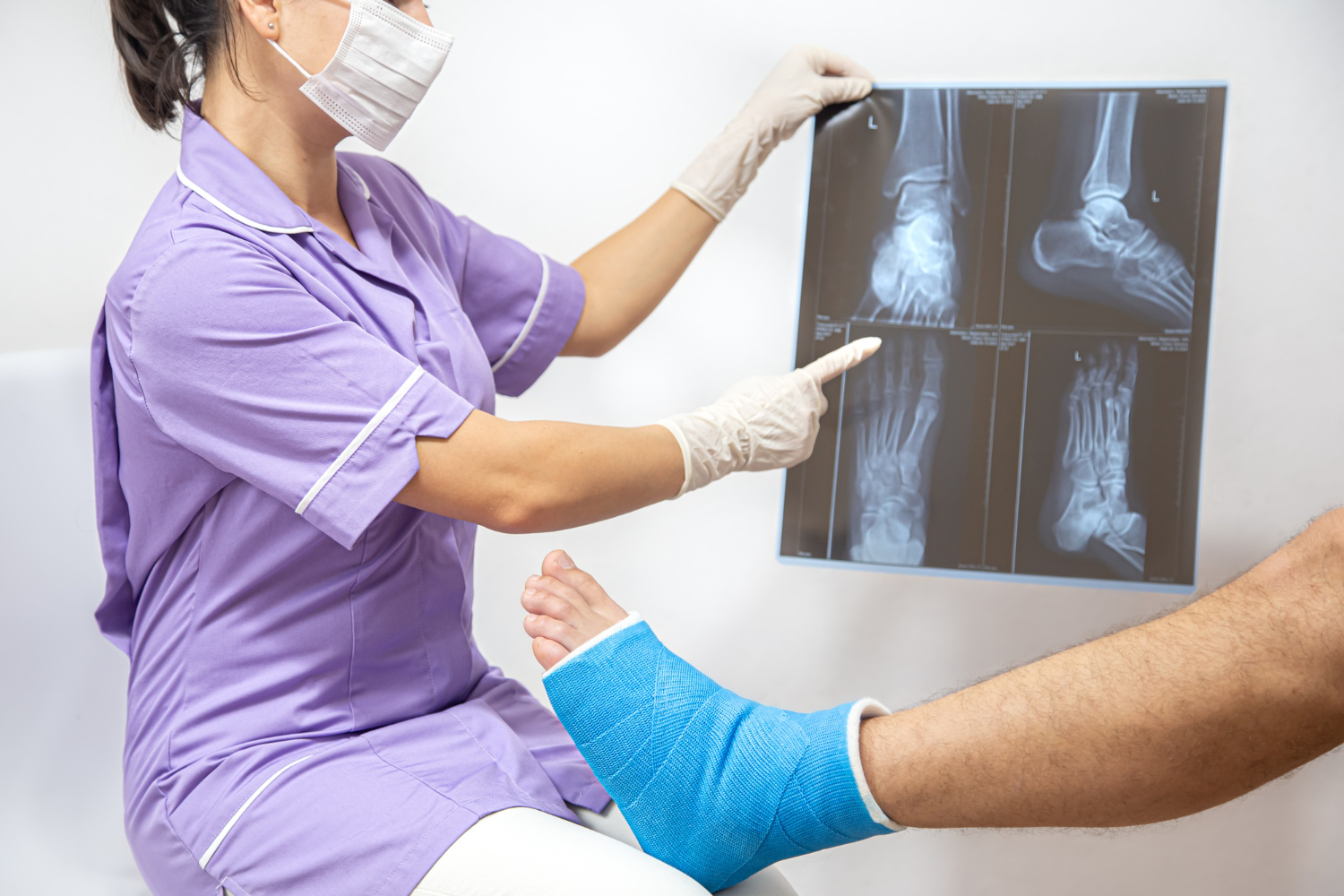Limb lengthening is a specialist orthopedic process that treats differences in leg or arm length. Causes can be birth conditions, accidents, or growth issues. Each stage of the procedure answers a specific correction need.
Various Methods of Limb Lengthening Surgery
Surgeons use height lengthening surgery to make bones longer. This treatment fixes differences in limb length and can also give more height for cosmetic needs. There are different options for surgery. Each uses a special method, has its own recovery time, and costs can change by country, especially between the USA and India.
- Ilizarov Technique
Doctors use an external fixator with rings and wires. The bone is stretched a small amount over time using this system. This method corrects bone problems after injury or from differences present at birth. In India, the usual price is between $4,500 and $9,000. Medical centers in the USA charge much more, from $11,000 up to $26,500.
- Lengthening Over Nail (LON)
This process puts both an internal nail and an external fixator in place. Time wearing the external device shortens with this technique, and recovery goes quicker. Facilities in the USA ask between $12,500 and $32,000. Indian clinics usually set their prices between $5,500 and $10,000.
- Precice Nail System
A fully internal nail with magnetic control lengthens the bone. No external device is needed. Patients often prefer this system when seeking height change for cosmetic purposes. Procedures like this limb lengthening surgery cost in California, USA is between $48,000 and $90,000. In India, the numbers fall between $12,000 and $24,000.
- Fitbone Nail System
Motors power the Fitbone nail, letting doctors adjust bone length exactly. Several people select this for cosmetic height changes. U.S. hospitals charge from $55,000 up to $95,000. Health facilities in India price these operations between $14,000 and $26,500.
- Taylor Spatial Frame
This frame sits outside the limb and lets doctors move the limb in many directions. Complex limb shape problems get fixed with this method. Indian providers ask from $6,000 up to $10,000. U.S. hospitals offer this service for $14,000 to $38,000.
- Monolateral External Fixation
Medical teams use one bar on the side of the limb as the fixator. This approach works well in cases from trauma or injury. Rates in India go from $6,500 to $10,000. Centers in the USA usually ask between $8,500 and $22,000.
- Combined External and Internal Fixation
Doctors use both an outer fixator, such as Ilizarov, and an internal nail at the same time. Patients often heal faster, and stability improves using both. This leg lengthening surgery in Texas, USA typically costs between $21,000 and $42,000. In India, the cost stays between $7,000 and $16,000.
- Computer-Assisted Limb Lengthening
Computers and automated systems help surgeons make small adjustments and track progress. This technology often combines with nails or fixators for better results. U.S. prices range from $28,000 to $68,000. In India, money spent is usually from $13,000 to $20,000.
- Bone Grafting with Distraction Osteogenesis
If the problem is complex, surgeons add bone grafting to distraction osteogenesis for stronger bone growth. This approach helps fix the toughest limb issues. Hospitals in the USA charge from $23,000 up to $58,000. In India, prices are between $11,500 and $23,000.
|
Surgery Type |
USA |
India |
|
|
Ilizarov Method |
$11,000 – $26,500 |
$4,500 – $9,000 |
|
|
Lengthening Over Nail (LON) |
$12,500 – $32,000 |
$5,500 – $10,000 |
|
|
Precice Nail System |
$48,000 – $90,000 |
$12,000 – $24,000 |
|
|
Fitbone Nail System |
$55,000 – $95,000 |
$14,000 – $26,500 |
|
|
Taylor Spatial Frame |
$14,000 – $38,000 |
$6,000 – $10,000 |
|
|
Monolateral External Fixation |
$8,500 – $22,000 |
$6,500 – $10,000 |
|
|
Combined External and Internal Fixation |
$21,000 – $42,000 |
$7,000 – $16,000 |
|
|
Computer-Assisted Limb Lengthening |
$28,000 – $68,500 |
$13,000 – $20,000 |
|
|
Bone Grafting with Distraction Osteogenesis |
$23,000 – $58,000 |
$11,500 – $23,000 |
|
When Is Limb Lengthening Surgery Recommended?
Doctors suggest limb lengthening when a person has differences in arm or leg length from birth. Some people are born with hemihypertrophy or a congenital femoral deficiency, which means one limb is shorter. In cases where past injuries, poorly healed bone fractures, or bone loss make a limb shorter, this surgery may be considered. Infections like osteomyelitis or bone tumors can cause bone to lose length, leading to the need for this operation. Legg-Calvé-Perthes disease, which affects the hip bone in growing children, sometimes produces a difference in limb length, and limb lengthening can treat this problem. Patients with genetic conditions such as achondroplasia, which changes normal bone growth, might use surgery to improve movement or gain extra height.
Limb lengthening is not only for medical conditions. People sometimes need this surgery to decrease pain from limb length differences. Others may need better walking ability or choose surgery to become taller for personal reasons. After earlier operations like tumor removals, this method restores lost limb size. Before any surgery, a specialist in orthopedics evaluates the patient to see if they are suitable for the procedure. Patients must understand the risks and potential outcomes before agreeing to surgery.
Possible Risks and Complications of Limb Lengthening Surgery
Every surgery for limb lengthening brings risks. One common problem is infection, which might start at the spot of surgery or near the metal device used. In some cases, nerves or blood vessels can be harmed, and this damage may result in numbness, weakness, or difficulty with blood flow. Occasionally, bones do not heal right; for example, nonunion means the bone ends stay apart, while malunion means the bone grows together the wrong way, and these results sometimes need more operations. Joint stiffness can occur, especially in knees or ankles, after the stretching process. Muscles might become weaker or tighter as the lengthening goes on. Patients report pain through different parts of the recovery period and while bones are still growing. Blood clots can happen in the legs if the patient does not move for long periods. A slow healing time may stress the patient or affect their mental health. Sometimes the metal tools inside or outside the body may break or stop working, which needs fixing. Achieving precisely matched limb lengths is not easy, so there is a risk of over-lengthening or under-lengthening, which might require another surgery.
Why Choose India Over the USA for Limb Lengthening Surgery?
People from different countries choose India for limb lengthening because costs are much lower and the results match international standards. Compared with the United States, hospitals in India give orthopedic care at prices many more can afford. India performs these surgeries safely, and people from other countries can access modern treatment without paying the high rates in places like the USA.
India has a large group of experienced orthopedic surgeons who work with the latest limb lengthening technology, such as internal nails and external fixation systems. Clinics and hospitals like Artemis Hospital in Gurgaon, Fortis Hospital, and Manipal Hospital in Dwarka use equipment that follows rules for patient safety. Each patient receives a full check before surgery, a plan for care during their visit, and support after the operation. Short wait times in India let patients start treatment soon after making contact, making the process faster than in many other countries.
Many Indian cities are ready to help foreign patients. Services might include translators, hotel suggestions, transport from the airport, and help with getting medical visas. These steps make it easier for people to manage their trip and stay for treatment.
Racure Healthcare gives support at every stage, beginning with medical advice and linking each patient to specialist doctors. They help patients choose suitable hospitals and arrange doctor visits quickly. Racure manages travel details, from visa help to flight bookings and local transport. As patients arrive in India, Racure staff supply a SIM card, arrange translators, provide currency exchange, and help if the visa needs longer validity. At all hours, a team gives updates and answers any questions.
Anyone planning to have limb lengthening surgery can find what they need in India: recognized healthcare, lower cost, and full services for foreign guests. Racure stands by each patient to make sure every stage, from the first questions to the last clinic visit, is explained and supported. They do more than book appointments—they guide, arrange, and support until the patient leaves the country.







